The Diabetes “To-Do” List To Keep Blood Sugar Levels Stable
Contents
If you have type 2 diabetes, it’s important to develop a routine of self-care measures to keep your blood sugars stable. As a registered dietitian and certified diabetes educator, my proposed “to-do” list is by no means a force field against all blood sugar fluctuations; rather it’s a set of best practices that have helped my patients enjoy improved diabetes control.
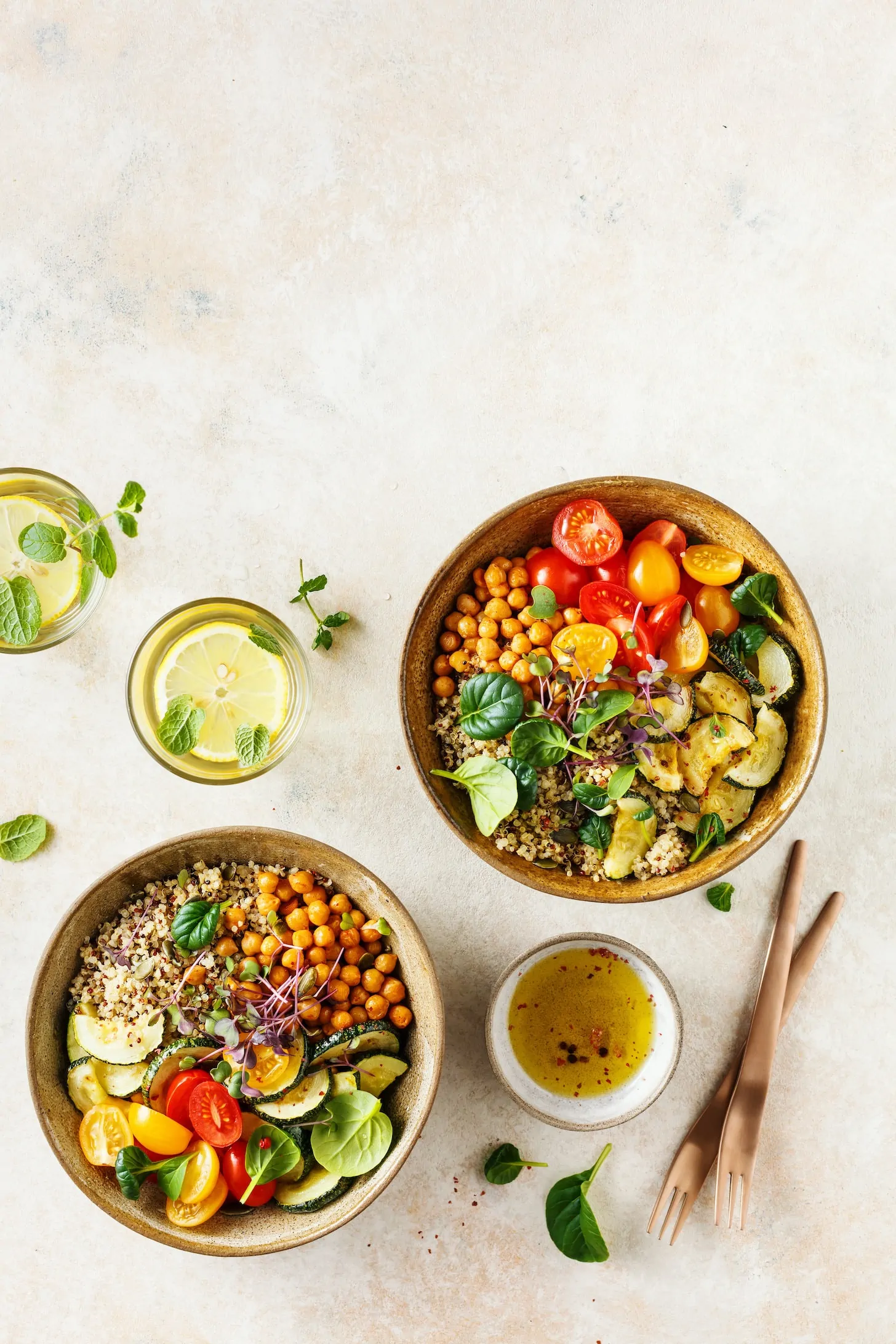
My goal isn’t to impose this list onto anyone as the only way to live with diabetes. What works for one person may not work for another – that’s just how it is. And, besides, you know your body best.
With that said, below, you’ll find my top recommendations on how to balance blood sugar levels and prevent diabetes complications.
If you’re like most folks with diabetes, you know that almost all health professionals fixate on how to keep diabetes complications at bay. While it’s important to shed light on the many diabetes-related conditions that can develop (heart disease, nerve damage, kidney damage etc.), I think it’s also important to remind ourselves that, fortunately, there are many things we can do on a day-to-day basis to help keep our blood sugars in check.
After all, it is possible to lead a full, healthy life with type 2 diabetes – it just takes extra effort and vigilance.
As diabetes becomes more and more common, its effects are being felt around the world. According to a report by the Centers for Disease Control and Prevention (CDC), more than 100 million U.S. adults are now living with diabetes or prediabetes. These figures are in line with previous findings, suggesting that instances of diabetes continue to rise. The World Health Organization (WHO) projects that diabetes will be the 7th leading cause of death in 2030.
Diabetes education has been life-changing for my family.
My father was diagnosed with type 2 diabetes in the early 1980s when he was in his 30s. At the time, in Pakistan, knowledge of this chronic condition was quite limited. There was little understanding of how diet and lifestyle choices could influence blood sugar levels, and few treatment options were available.
As a result, my father’s blood sugar often fluctuated wildly, leading to serious short- and long-term complications. As a little girl, I remember the anguish of watching him suffer in the absence of tools and resources to manage his condition.
Diabetes education was unquestionably the missing link for us to successfully navigate his health journey. And I have seen this be true for clients as well; with greater knowledge comes better management and, often, improved outcomes.
Ways to lower blood sugars
Decisive scientific evidence has shown that changes to eating and exercise habits are effective in managing diabetes and preventing diabetes complications.
A 2019 review of studies provides support that whole food plant-based (WFPB) dietary patterns should be implemented in public health strategies to keep blood sugars stable in those with type 2 diabetes.
People with type 2 diabetes have a high risk of developing heart disease, which is the leading cause of death for this population. The good news is that a Mediterranean-style diet can reduce the risk of a heart attack by 50-70 percent, according to data from the Lyon-Diet Heart Study.
If you’re a South Asian, remember that you don’t have to follow Eurocentric dietary guidelines to the letter. The food you grew up eating – whole grains, beans, lentils, vegetables and fruits, spices and herbs – forms the foundation of a healthy diet for diabetes prevention and management. This is at the heart of D-School.

Additionally, a comprehensive review of both controlled clinical trials and observational studies showed that those who consumed vegetarian diets had lower blood pressure. This means that you may be able to lower your blood pressure without medication simply by switching to a vegetarian diet.
Let’s take a look at the comparison between medication and diet modifications.
First of all, I’d like to point out that medications are used by some folks to regulate their blood sugar levels. Oral diabetes medications come in many forms and may be used with or without insulin. But, let’s be honest, if all your eggs are in the medication basket, you’re not giving yourself the best chance possible to live a long, healthy life.
And here’s why.
According to the Diabetes Prevention Program, diet and lifestyle interventions may be more effective than metformin in the long run.
A ten-year study showed that people who lessened their risk of diabetes through lifestyle changes were more successful than those who took the medication metformin.
Discussing your need for medications with your healthcare team is always a good idea. In some cases, medications are necessary to help keep blood sugar levels in check. But, as I often tell my clients, medications should be seen as a complement to – not a replacement for – lifestyle measures.

How to lower high blood sugar with diet
Following a healthy diet is one of the most important things you can do to manage diabetes:
Revisit portion sizes
While you may have been told to watch your carbohydrate intake, I think it’s perhaps more important to be mindful of portion sizes in general. When we eat too much of anything – whether it’s carbohydrates, fat or protein – our blood sugar levels can rise. Keep in mind, though — not all nutrients affect blood sugar to the same degree.
If you’re like some people, you may be accustomed to eating until you feel stuffed, without really thinking about how much you’re putting on your plate. And, if you’re trying to bring your blood sugar down, that’s probably not the best way to go about it.
While it’s important to be aware of your hunger and satiety cues, using your plate as a visual guide can also be helpful. Fill half your plate with non-starchy vegetables, a quarter with protein (think: grilled chicken, fish or tofu) and the final quarter with starchy carbohydrates (such as rice, roti, or sweet potato). If you find that you’re still hungry after eating, add more vegetables to your plate or have a small bowl of fruit.
Through experimentation, you’ll find what works best for you in terms of how much food you need to feel satisfied — while being mindful of the effect certain foods have on your blood sugar. After all, everyone’s needs and responses to food are different.
Eat more fibre
Dietary fibre is a type of carbohydrate that the body can’t digest. Although fibre doesn’t raise blood sugar levels, it can slow down the rate at which sugar is absorbed into the bloodstream — which is why it’s often recommended for people with diabetes.
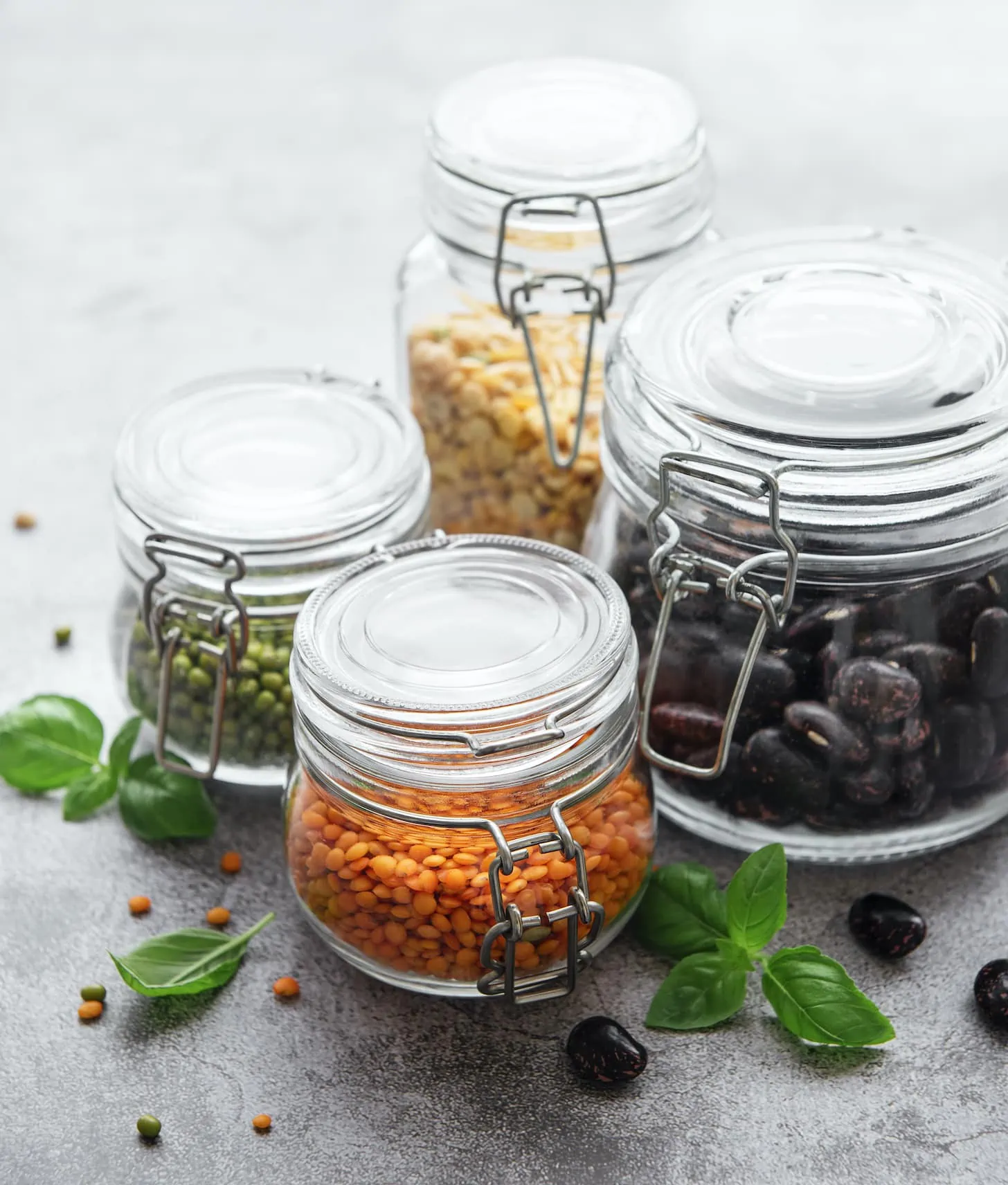
There are two types of dietary fibre: soluble and insoluble. Both are beneficial, but soluble fibre (found in eggplant, okra, oat products, beans, psyllium, and barley) is especially helpful in managing diabetes. This type of fibre dissolves in water to form a gel-like substance, which can help slow down the movement of food through your digestive system. As a result, it helps you feel full for longer and reduces blood sugar spikes after meals.
A high-fibre diet can be achieved by incorporating plenty of whole grains, fruits and vegetables into your meals. Here are some ideas:
- eat the skins and seeds of fruits and vegetables
- add beans and lentils to soups and salads
- sprinkle seeds onto cereals and yogurt and incorporate them into baking
- enjoy nuts as a quick and healthy snack, or throw them in salads and smoothies
Did you know that soluble fibre helps nourish the friendly bacteria in your colon? This is significant because it could improve gut health and reduce insulin resistance.
Pay attention to the glycaemic index of foods
Not all carbs are created equal. And the glycaemic index (GI) is a way of ranking how quickly different foods that contain carbohydrates are broken down and absorbed into your bloodstream.
Foods with a high GI are broken down and absorbed quickly, which can cause blood sugar levels to spike. In contrast, foods with a low GI are digested and absorbed more slowly, resulting in gradual increases in blood sugar levels.
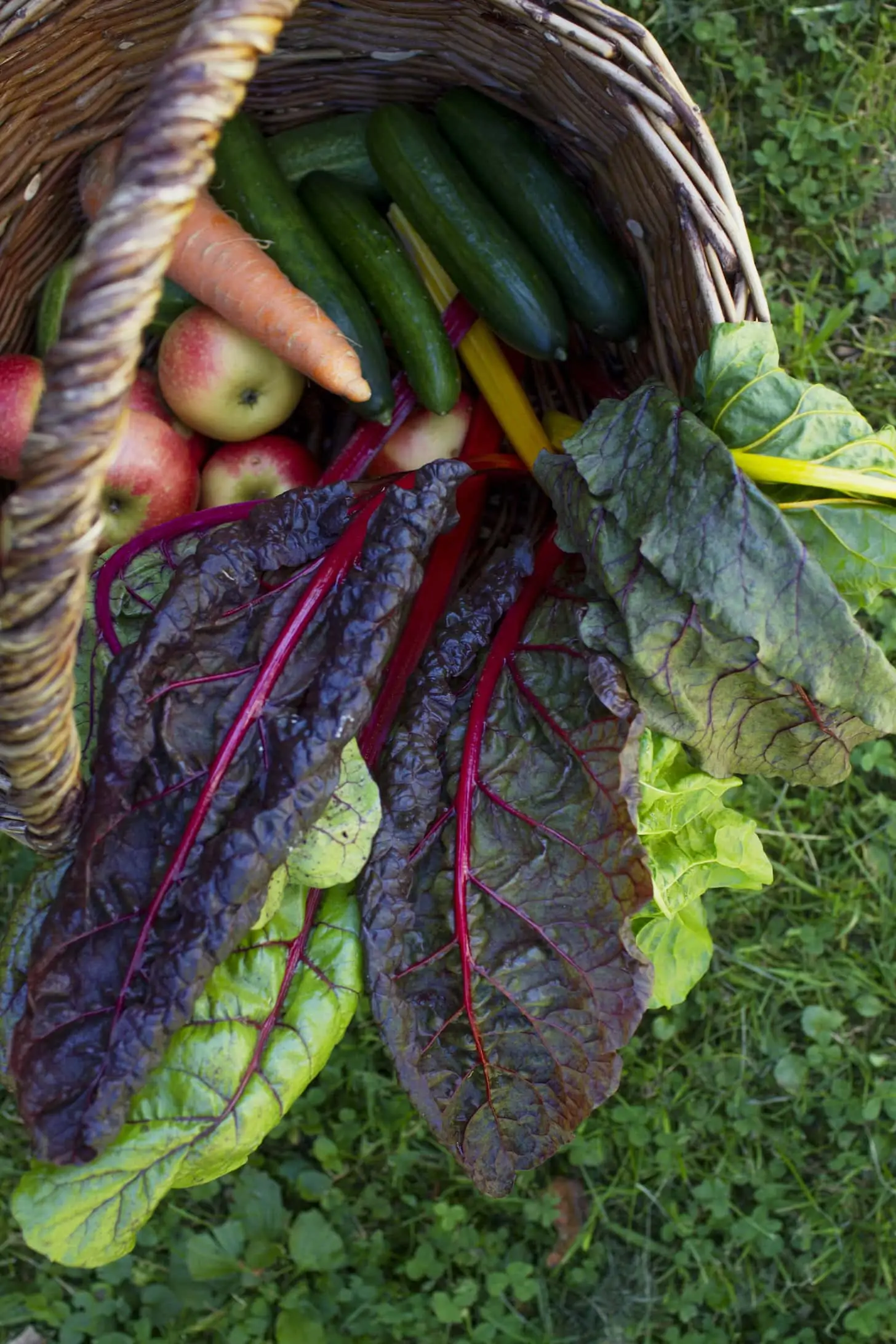
If you have diabetes, it’s a good idea to choose foods with a low or moderate GI more often — especially if you’re trying to lower your blood glucose levels. Non-starchy vegetables, for example, tend to have a low GI, while starchy foods like potatoes and rice have a high GI.
Choose more plant-based proteins
Plant-based proteins are a good option for people with diabetes. Not only are they low in saturated fat, but they’re also packed with dietary fibre, vitamins and minerals.
Plant-based protein eaters have been found to have improved body composition and less insulin resistance.
Some examples of plant-based proteins include:
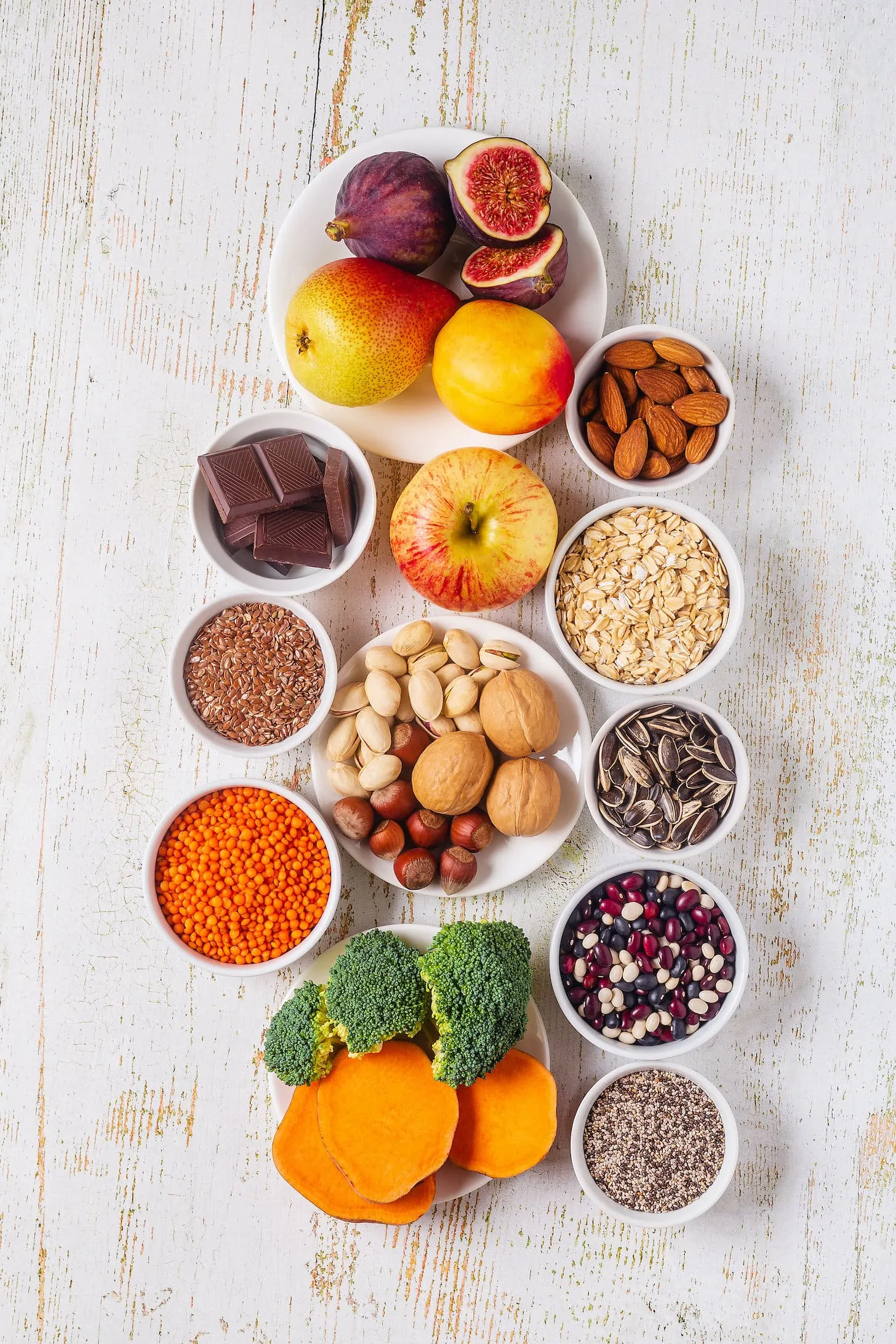
Try to limit your intake of added sugar
Added sugar is any type of sweetener added to food during processing or preparation. This includes table sugar, brown sugar, jaggery, honey and syrup.
Folks with diabetes should try to limit their intake of added sugar because it can cause blood sugar levels to spike. When reading nutrition labels, look for hidden sources of added sugar — such as “sucrose” or “corn syrup.”
To cut down on added sugar, try to:
- avoid processed foods and snacks
- choose unsweetened versions of packaged foods and beverages
- make your own meals and snacks from scratch using whole, unprocessed ingredients
- sweeten coffee and tea with vanilla or cinnamon
Going “cold turkey” and abstaining from sugar entirely can be daunting for anyone. So, take it slow at first by cutting back gradually. Remember that moderation is key- it’s okay to have a sweet treat every once in a while. Enjoy the process, and don’t berate yourself for occasional indulgences. Just be mindful of how much sugar you’re consuming and how often you’re indulging.
Experiment with apple cider vinegar
Apple cider vinegar is a type of vinegar made from fermented apples. It’s rich in acetic acid, which has been shown to have some health benefits.

In people with diabetes and high cholesterol levels, a recent randomized controlled trial revealed that apple cider vinegar has beneficial effects on glycemic indices and oxidative stress.
Glycemic indices include measures like fasting blood sugar levels and HbAIC (glycated hemoglobin). Oxidative stress is an imbalance between the production of free radicals and the body’s ability to detoxify or repair the damage they cause.
To experiment with apple cider vinegar, start by adding one tablespoon to a glass of water and drinking. You can also add it to salad dressings or marinades. If you don’t like the taste, try diluting it with more water. Start slowly and see how your body responds.
How to get blood sugar down with lifestyle strategies
Alongside diet, other compelling lifestyle measures can help to control blood sugar levels.
Incorporate movement in your day
Exercise has a plethora of benefits, one of which is how it helps to regulate blood sugar levels. Just like food, exercise can cause blood glucose to rise or fall. When you engage in physical activity, your muscles use up glucose for energy, which can help to lower blood sugar levels.
Weight-bearing exercises, like running, brisk walking, dancing and weight-lifting can also be beneficial as they help to build muscle mass. That’s because having more muscle helps the body to better use insulin.
Always keep in mind that overexerting yourself can lead to high or low blood sugar levels, so be sure to check your numbers before and after you work out.
It’s worth noting that any type of exercise has its benefits — find something you like doing and can commit to for the long haul. You can also complement your workouts with meditation, yoga and relaxation techniques, which are helpful – particularly in lowering A1C (3-month average blood sugar level).
If you have diabetes, it’s important to talk to your doctor before starting an exercise routine. Once you get the green light, start slow and gradually increase the intensity and duration of your workouts.
Prepare for better sleep
Many of my clients have reported struggling with poor sleep quality and often have difficulty falling asleep or staying asleep. This can be detrimental to blood sugar levels as lack of sleep can lead to higher cortisol levels, which in turn can increase insulin resistance.

Sleep disruption is a common symptom of high blood sugar, which can make it difficult to get a good night’s rest. It’s important to establish a regular sleep schedule and go to bed at the same time each night.
To help your body relax before sleep, try dimming the lights, playing soft music, or taking a warm bath. Also, avoid any foods or drinks with caffeine, as they can stay in your system for up to 8 hours.
Build a stress management toolkit
It’s no secret that stress can wreak havoc on our bodies, and this is especially true for folks with diabetes. When you experience chronic stress, your adrenal glands secrete hormones as a response. These chemicals then prompt the release of glucose from your body tissues and into your bloodstream, causing high blood sugar levels.
That’s why it’s important to have stress-relieving techniques in your toolkit. Some helpful methods include:
- deep breathing exercises
- journaling or writing down your thoughts and feelings
- spending time outdoors in nature
- listening to calming music or reading a good book
- practicing yoga or meditation
- talking to a therapist or counsellor

Supplementation
Consider a vitamin D supplement
Vitamin D is an important micronutrient that helps the body to absorb calcium, which is essential for bone health. It’s also necessary for muscle function, immunity and insulin resistance.
Studies have shown that people with diabetes often have vitamin D deficiency, which can contribute to insulin resistance. That’s why some experts recommend that people with diabetes supplement with vitamin D.
According to a recent study, taking vitamin D supplements may help people with type 2 diabetes or prediabetes by slowing the progression of the disease. Supplementation with 1000 IU of vitamin D or more per day for more than 12 weeks has been shown to be helpful.
To ensure you’re getting enough vitamin D, ask your doctor to test your current levels. This will help inform how much of a supplement you may need.



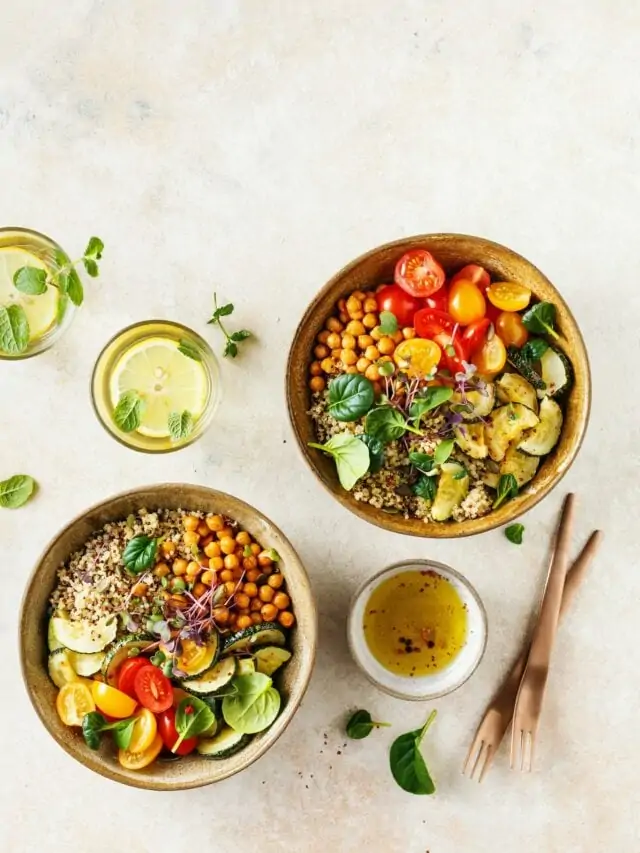




The information that you have shared is really amazing. Subscribed your blog.